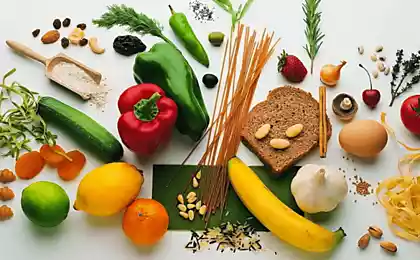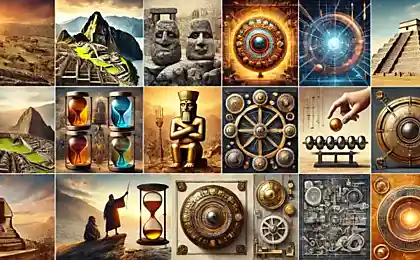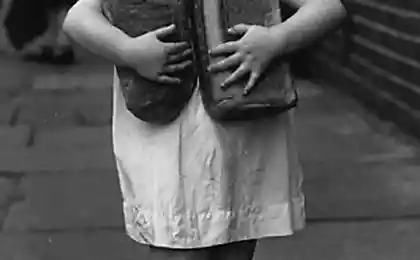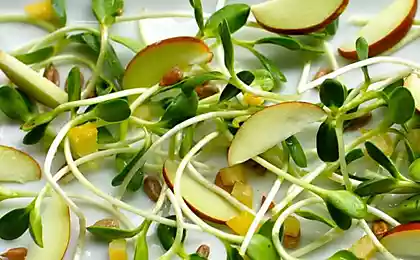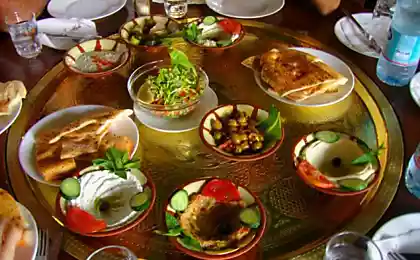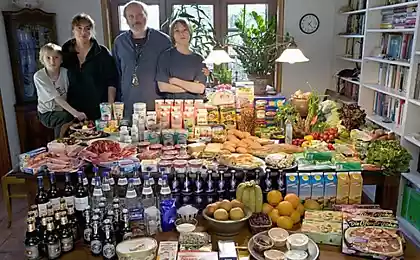344
History: how our foretold culinary
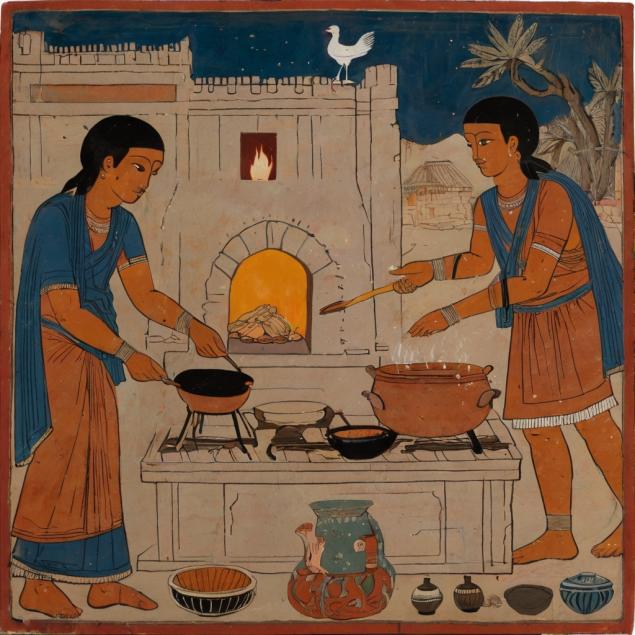
Introduction: Food as the engine of civilization
Food is not just a way to satisfy hunger. It is part of our culture, history and even evolution. From the moment our ancestors first lit a fire and started cooking, food has become an integral part of human life. It has influenced the development of technology, the formation of societies and even the course of history.
In this longread we will take a journey through the history of food: learn how people learned to cook, what dishes were popular in ancient times and how cooking influenced the development of civilizations. Ready to know what our ancestors ate? Then let's go!
1. Fire and the First Steps of Cooking
One of the key moments in the history of food was the mastery of fire. About 1.5 million years ago, our ancestors began to use fire for cooking. This not only made food safer and tastier, but also allowed more nutrients to be absorbed.
What they cooked: Meat, roots and grains roasted on fire became the basis of the diet of ancient people.
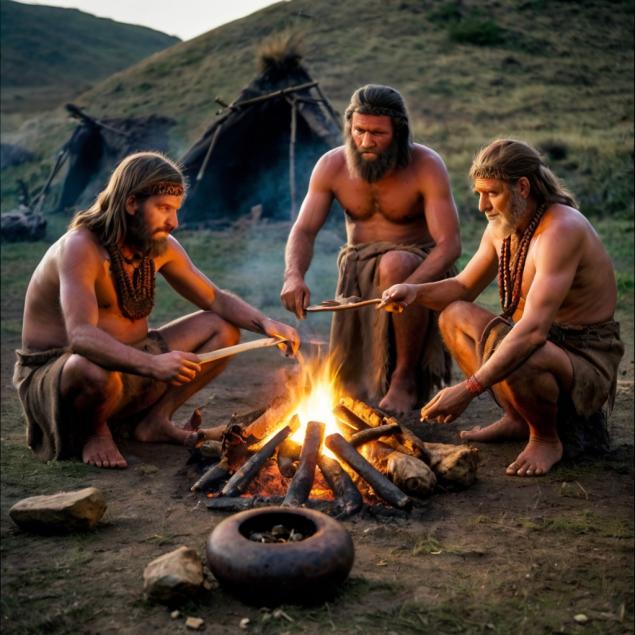
2. Ancient Egypt: Bread and Beer
In ancient Egypt, food played an important role not only in everyday life, but also in religion. Bread and beer were staple foods. The Egyptians even used them as currency.
What they cooked: Bread made from barley and wheat, as well as beer, which was less strong than modern but very nutritious.
3. Ancient Greece: a symbol of sophistication
In ancient Greece, food became a symbol of culture and sophistication. The Greeks loved to arrange feasts, where they served a variety of dishes, from olives and cheese to fried meat and fish.
What they cooked: Olive oil, wine, grilled meat and seafood dishes.

4. The Roman Empire: Luxury and Abundance
The Romans were famous for their love of luxury, and food was no exception. They borrowed culinary traditions from the Greeks, but added their delights, such as garum sauce, which was made from fermented fish.
What they cooked: Meat pies, fruits, nuts and exotic dishes brought from conquered territories.
5. Medieval Europe: simplicity and satiety
In the Middle Ages, food in Europe was simple but hearty. The basis of the diet was bread, porridge and meat. Spices like pepper and cinnamon were available only to the rich.
What they cooked: Soups, stews and meat-stuffed pies.
6. Asia: Balance of Taste
In Asian cultures, food has always been associated with philosophy and medicine. The Chinese, for example, believed in a balance of five flavors: sweet, sour, salty, bitter and spicy.
What they cooked: Rice, noodles, soy sauce and dishes using large amounts of vegetables and spices.
7. The Age of Geographical Discoveries: New Taste
In the XV-XVI centuries, Europeans discovered new products such as potatoes, tomatoes, corn and cocoa. These products have changed culinary traditions around the world.
What they cooked: Potato dishes, chocolate desserts and tomato sauces.
8. Modern cooking: the globalization of tastes
Today, cooking is a mixture of tradition and innovation. We can try dishes from all over the world without leaving home. Modern technologies, such as molecular gastronomy, open up new horizons in cooking.
What's cooking: Fusion kitchen, vegan dishes and experimental desserts.
Conclusion: Food as a reflection of history
The history of food is the history of mankind. From the first fires to molecular gastronomy, cooking has always been an important part of our lives. It not only satisfies our physical needs, but also shapes cultures, unites peoples and inspires new discoveries.
What dishes from the past would you like to try? Share your thoughts in the comments and share your favorite historical recipes!
Why We Love Scary Stories: The Psychology of Horror
10 historical figures who changed the world, but few people know about them





